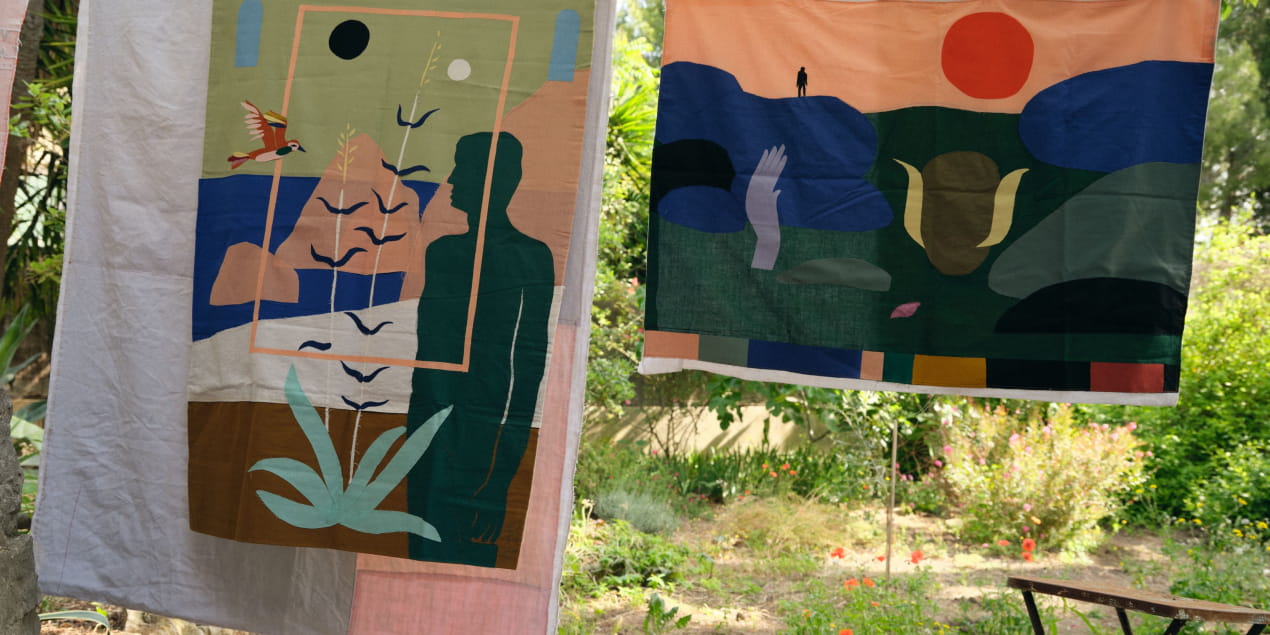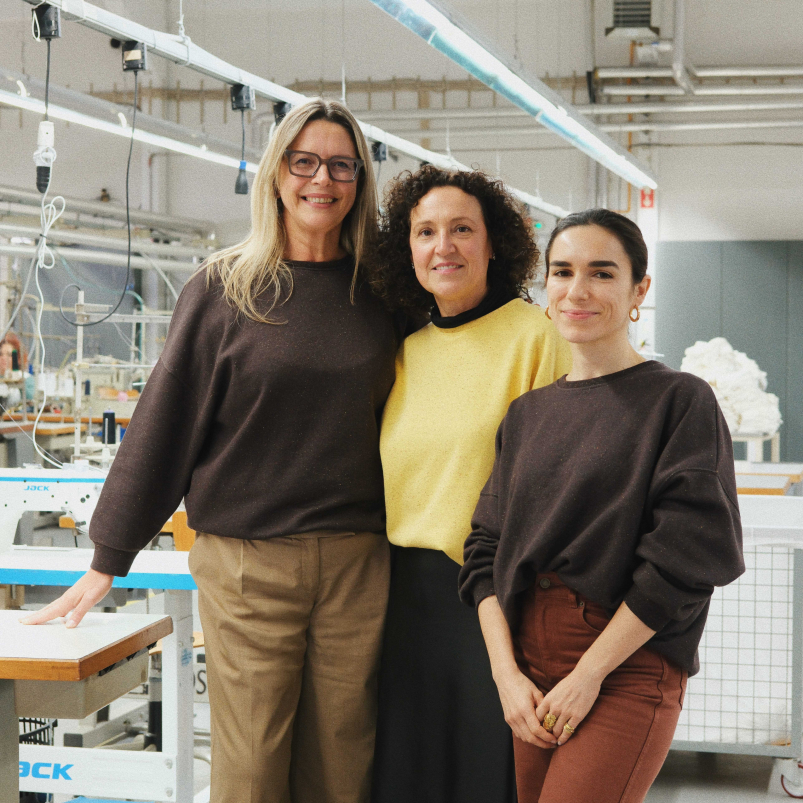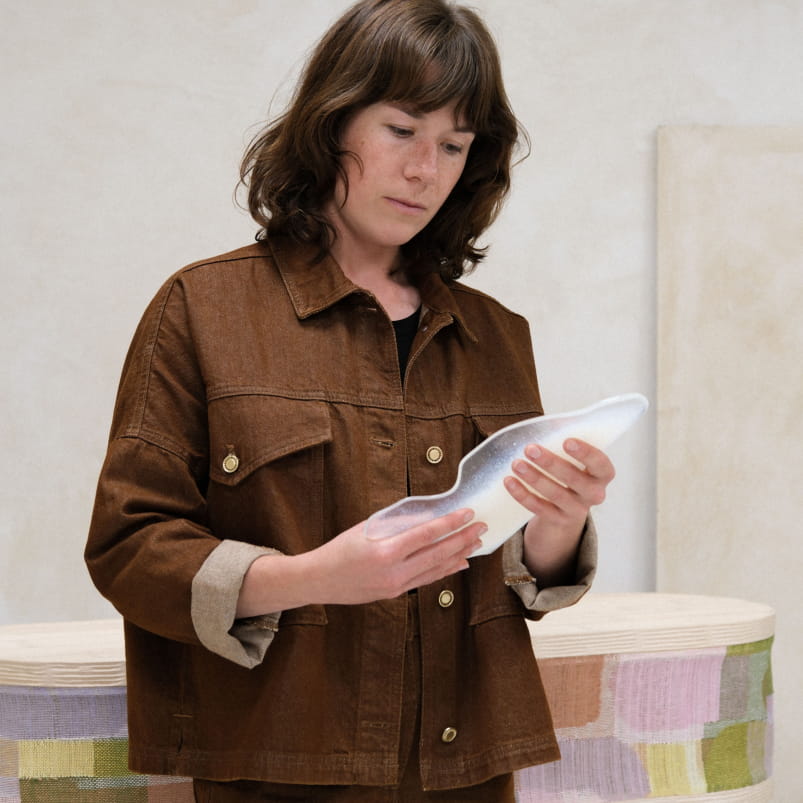Photography : FLORIAN TOUZET
Since returning to Marseille in 2020 where she grew up, Elsa Noyons has been a keen observer of the colors, lights, sounds and scents that make up the essence of the city. This experience gave birth to her latest artistic project, a series of hangings made from locally sourced fabric scraps. Inspired by the ancestral practice of weaving and the idea of fabric as a refuge, her pieces tell stories and capture memories that sometimes become talismans. Meet an artist-researcher inspired by encounters and territories.
You have already explored drawing, performance, photography, sound recordings, narrative cartography... And now you are working on hangings. Can you tell us about this project and how it came to you?
My projects are always rooted in a territory and are often a pretext to explore a new technical process. This one was born in 2020 when I returned to Marseille, the city where I grew up. I was amazed by the lights, the colors, the mineral and vegetal materials present in the city, and I wanted to work with color and textile. I like the idea of working with a variety of existing materials, which I recycle. I really enjoy researching and sourcing them. I also like the flexibility and lightness of hangings that enables me to play with light and movement.
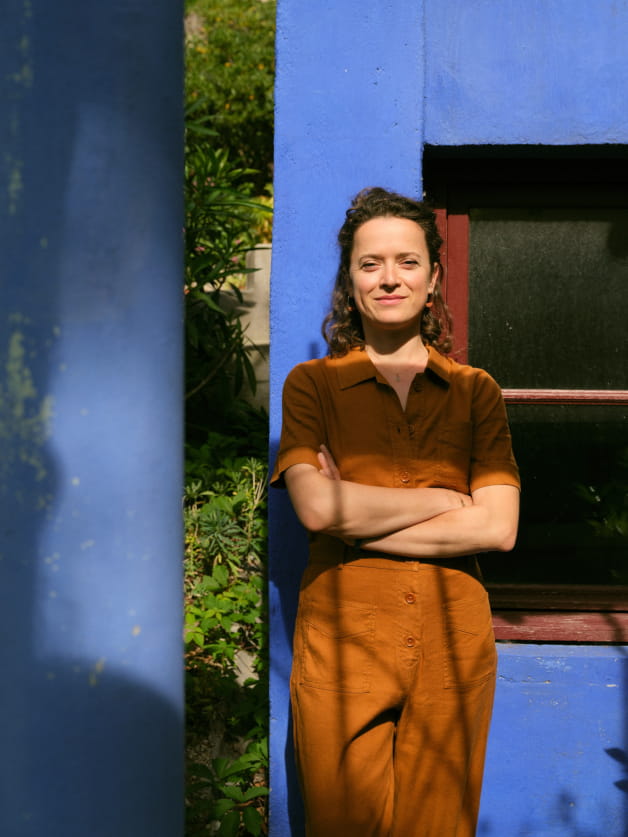
On your wall hangings, entitled Landscapes, there are lots of symbols - vegetation, architectural elements, sometimes figures bordering on the esoteric... Each hanging is a universe in itself. Can you explain to us where the idea for a piece comes from and how you build it?
Each piece is constructed as a sort of memory postcard or talisman. I first choose a background format that I cut out of old white linen sheets, then I choose colors and materials. I cut shapes directly into the fabric without any prior drawing, and then I compose and assemble them while looking for the image that emerges. Pieces of architecture come to structure the composition. Sometimes I think of a place, a person, an event, a movie or a dream. But most of the time, I am directly inspired by what surrounds me. The figures and symbols help me tell a story and infuse an intention, a bit like what is called psycho-magic.
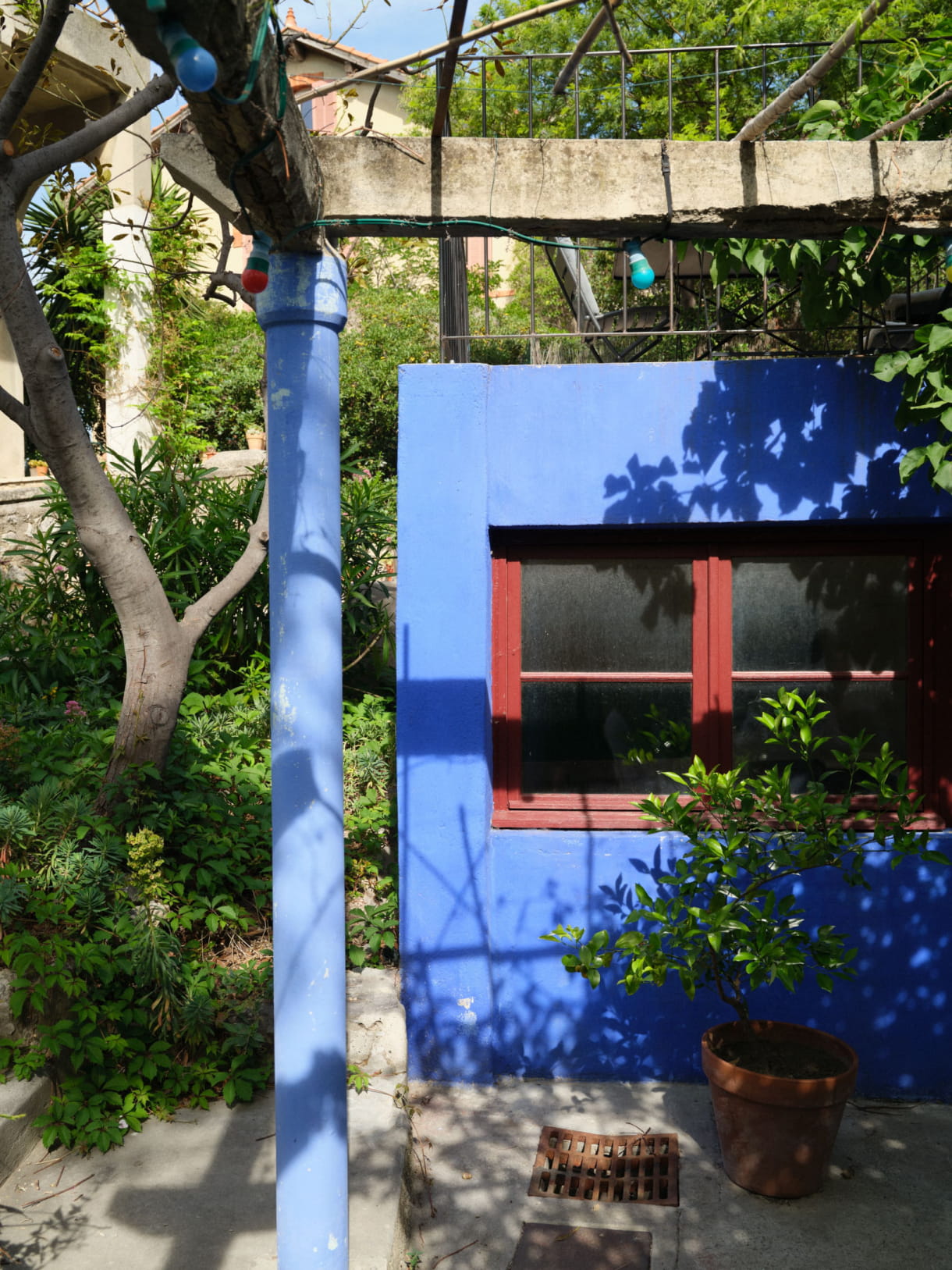

You also design some flags as birth talismans. You give your creations a certain protective power. What is the origin of this practice?
Weaving is a very ancient craft, once reserved for women in the domestic space. They used this practice to convey messages and pass on know-how. In Haiti, for example, the "drapós" were made to accompany voodoo ceremonies and each bore the insignia of a loa (spirit). Fabric is also the material that covers us, that dresses us. As a child, I used it to build huts. For me, it is the first refuge where stories are told. So talismans came quite naturally. I like the idea that the act of sewing and assembling is close to ritual, repair and care. The fragile nature of the materials requires precision, a certain concentration and a particular state of mind. To mark a birth in my circle of friends and family or if someone I care for fell ill, I felt like making small flags to welcome people into the world or to wish them well. It is a personal practice, in all humility, like a totem of love.
You grew up in Marseille, where you live and work today. What aspects of the city live in your work?
The casual and raw sensuality, the different lights of the day and night, the white stone in the middle of the city... But also the people, the fierceness of the mistral, the food, the grills, the noises, the slowness, the horizon and the movement. Constructions without permit. The slopes and broken roads. The sense of suspended time.
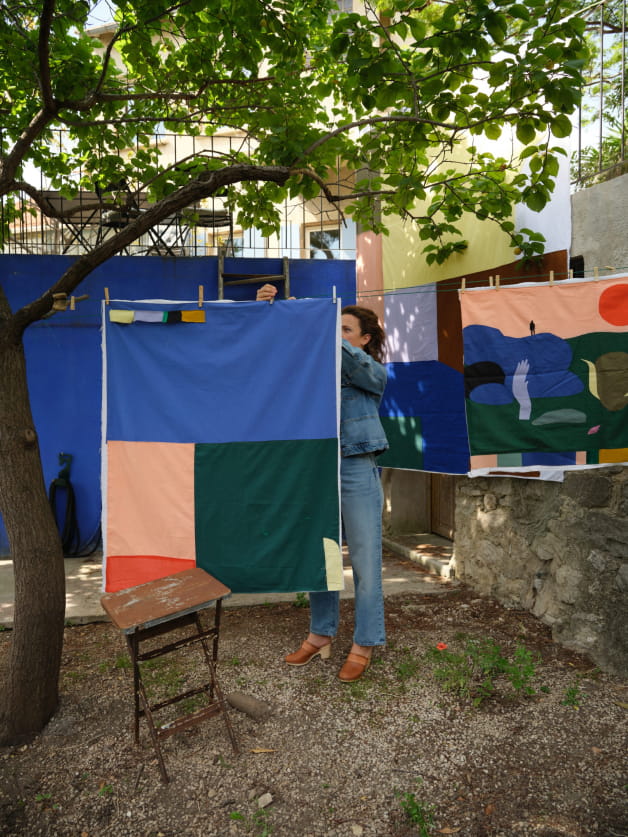
Do the fabrics you use for these hangings have a particular history? Where do you source them?
Most of the fabrics I use are scraps that I find and that are given to me. My mother is a collector of all kinds of objects, and thanks to her, I built up my first stock. What I like most is old silk. I also buy them in Belsunce at Bensimon's or at Albert's, boulevard de la Libération. Most of the time, they are discontinued series.
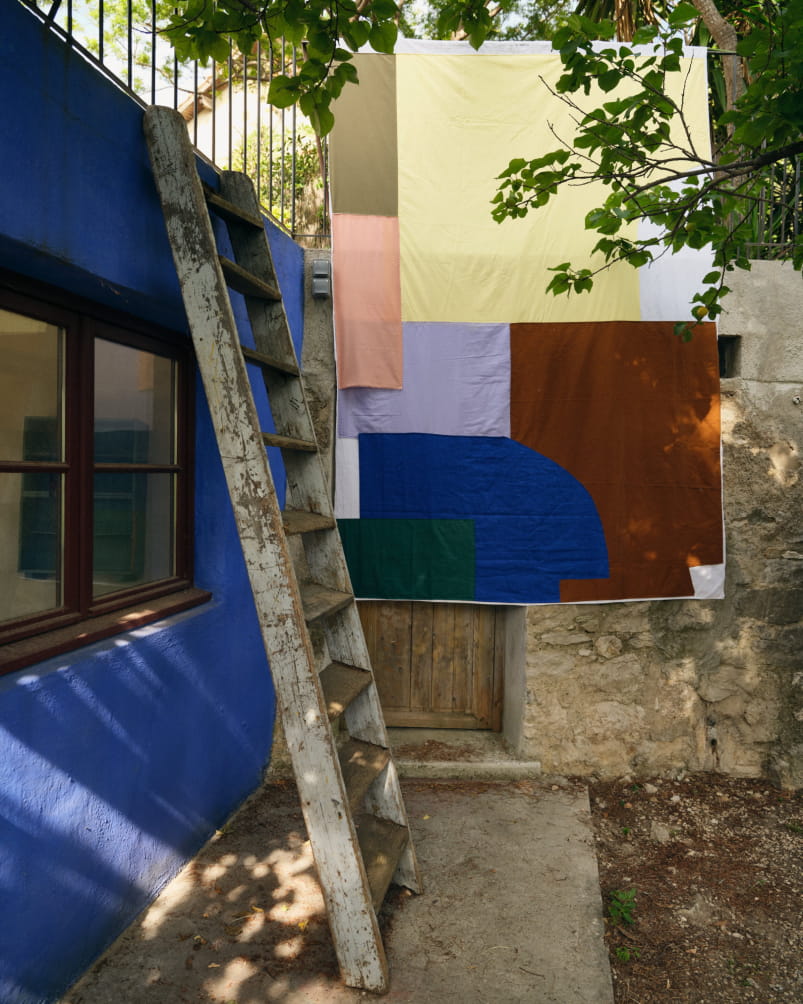


You mention the usefulness of the useless among the themes you explore in your work. What do you mean by this?
I often think of a performance by Francis Alys that I found very powerful called "Sometimes making something leads to nothing". You see him pushing a huge block of ice through the streets of Mexico City, until it melts and becomes a small ice cube. It's absurd, funny and tragic at the same time. It is useless, but philosophically and politically it speaks to me. The usefulness of the useless is a bit of a paradox of art for me.
You lecture at Science Po, the Ecole Normale Supérieure or Paris XII to share your approach as an artist-researcher. What is that about?
I share my methods of observation and the aesthetic translation I make of them to show other possible approaches to a territory. In my work as an artist, I borrow methodologies close to those of research, by proceeding through investigation and fieldwork. The encounters I have had with researchers, professors or students have nourished my work, and I believe that it is reciprocal. Our common ground is that we move forward without knowing what we will find.
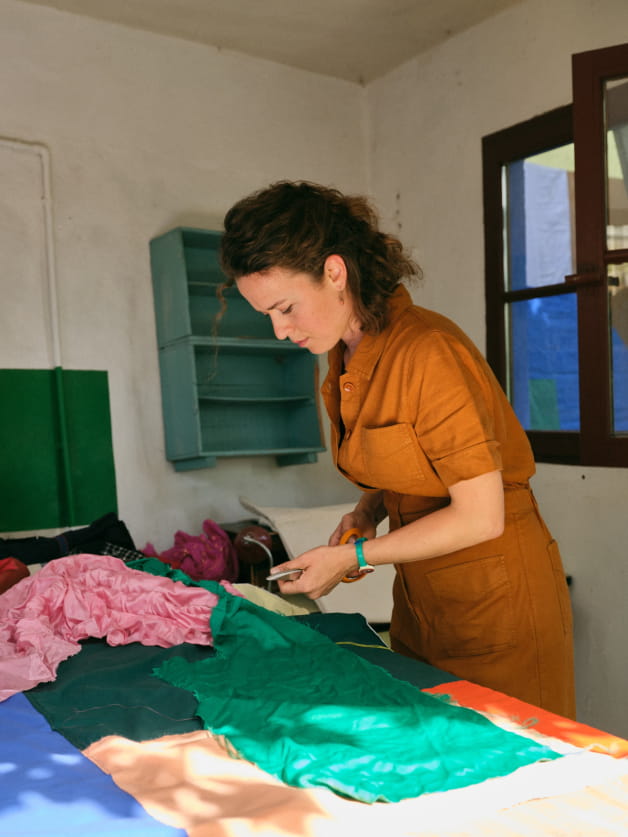
Territory and encounters are an integral part of your work. Is there an encounter that has particularly marked you, that has been decisive for your career as an artist?
Every project is a pretext for meetings and they are often striking. The last one is a shepherdess that I met while working with an artist friend on the transhumance on foot, to accompany the ewes in the summer. This meeting and this experience of transhumance allowed me to get out of my artist's boots and discover another relationship to the world, another way of living in it.

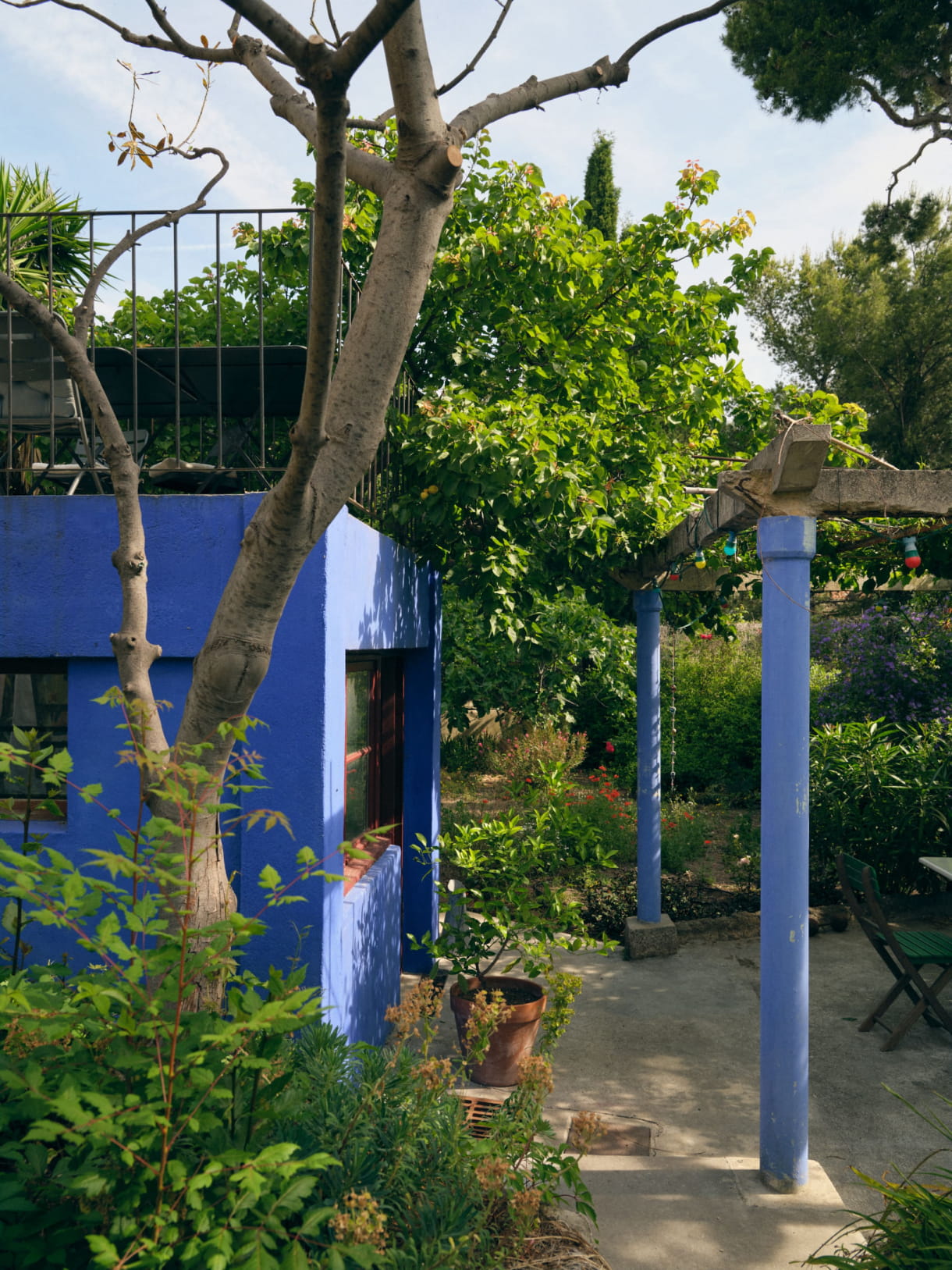
What is your connection with Sessùn?
The South! Beautiful materials, simple shapes, colors, the love of light. And I recently learned that Emma François [Sessùn’s Founder and Artistic Director]* had a university education in anthropology before founding the brand in 1996.

